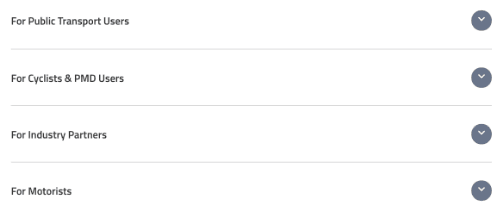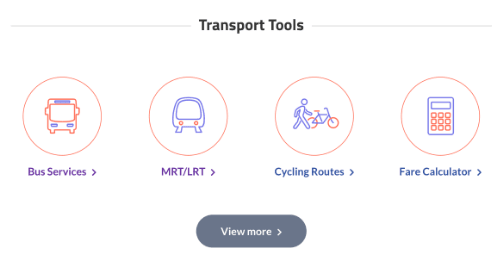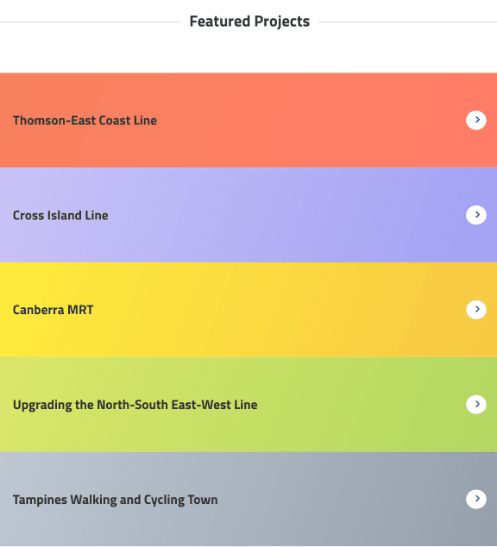CVES Incentive for Band A Models and ETS for HCVs Extended
to Improve Singapore’s Air Quality, Moving Towards the Vision to Have All Vehicles Run
on Cleaner Energy by 2040
To continue encouraging the adoption of cleaner commercial vehicles, incentives for vehicles in Band A under the Commercial Vehicle Emissions Scheme (CVES) will be extended for two years from 1 April 2025 till 31 March 2027. The Early Turnover Scheme (ETS) will be extended for Heavy Commercial Vehicles (HCVs) till 31 December 2025.
Adjustments to Commercial Vehicle Emissions Scheme (CVES)
2. In April 2021, the CVES was introduced to encourage the adoption of cleaner light commercial vehicles (LCVs). The CVES applies to all new and used imported LCVs, including Light Goods Vehicles, Goods-Cum-Passenger Vehicles, and small buses, with maximum laden weight not exceeding 3,500kg. Under CVES, vehicles are classified into bands based on their worst-performing pollutant among the following: carbon dioxide (CO2)[1], hydrocarbons (HC), carbon monoxide (CO), nitrogen oxides (NOx) and particulate matter (PM) emissions. The vehicles are then granted an incentive or are subject to a surcharge, based on the band they are in.
3. To continue encouraging the adoption of cleaner commercial vehicles, the CVES will be extended for two years till 31 March 2027. The incentive for commercial vehicles in Band A (electric vehicles) will remain at $15,000, while incentive for Band B (mainly petrol vehicles) will be removed. The surcharge for Band C (mainly diesel vehicles) will be raised from the current $15,000 to $20,000. These changes are in line with the Government’s vision to have all vehicles run on cleaner energy by 2040. Details of the adjustments to the incentive and surcharge for CVES are in Annex A.
4. There are more Band A LCVs available on the market currently, compared to 2021 when CVES was first introduced. Band A LCVs are assessed to have the lowest total cost of ownership among the three Bands over the vehicle’s lifespan[2]. The most pollutive vehicles, i.e. in Band C, typically incur the highest total cost of ownership after applying the CVES surcharge. The comparison of the total cost of ownership between Band A, B and C LCVs is shown in Annex B.
Extension of Early Turnover Scheme (ETS) for Heavy Commercial Vehicles (HCVs)
5. The ETS was introduced in April 2013 to promote the replacement of older, more pollutive diesel commercial vehicles and buses. The ETS provides a discount off the Prevailing Quota Premium[3] when owners of older diesel commercial vehicles and buses switch to cleaner new vehicles.
6. The ETS for HCVs, including Heavy Goods Vehicles, Very Heavy Goods Vehicles, Goods-Cum-Passenger Vehicles and buses, with maximum laden weight exceeding 3,500kg, will be extended till 31 December 2025 and will cease thereafter. There is no change to the ETS incentive quanta for HCVs. Details of the ETS incentives for HCVs are in Annex C. The Government is studying other means to promote cleaner HCVs.
7. As announced on 15 November 2022, the ETS for LCVs will cease after 31 March 2025.
8. As of September 2024, around 70,000 vehicles eligible under the ETS scheme have been replaced with cleaner models.
9. Since the implementation of the CVES, coupled with ETS, about 80 per cent of LCVs registered from April 2021 to September 2024 were of cleaner models.
Annex A: Changes in Incentive Quanta for CVES
Annex B: Total Cost of Ownership Comparison for CVES Bands A, B and C Vehicles
Annex C: Incentive Quanta for ETS for HCVs
Annex D: Examples of available LCV models under CVES
Annex E: Adjusted Early Turnover Scheme
Annex F: Summary on PQP Payable and Calculation of COE
















